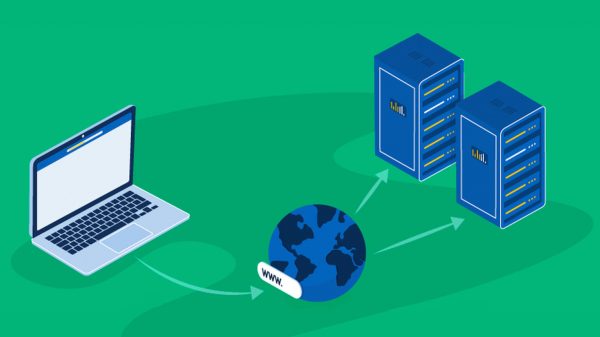DNS Migration Best Practice
As a DNS management provider, we understand that transferring your DNS to a new provider can be a complex and time-consuming process, especially if you have a large number of domain names and complicated DNS records. That’s why we’re here to do the heavy lifting for you, removing the complexity and ensuring a smooth and successful transition to our platform.

Our



